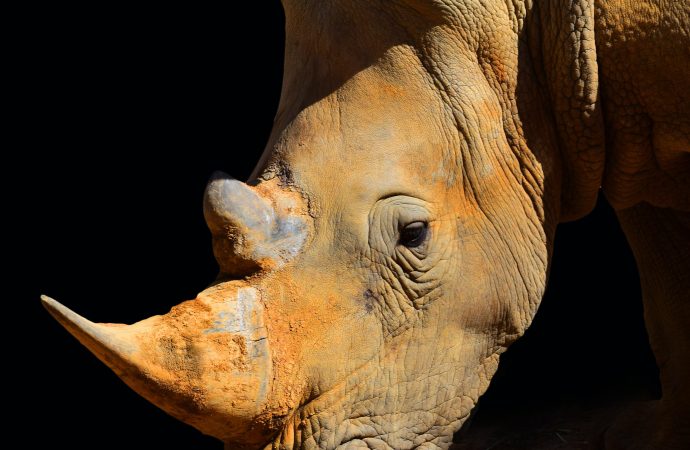Rhinoceros populations around the world are facing a conservation crisis, with all five species of these majestic animals classified as either vulnerable, endangered, or critically endangered. The decline in rhino populations is largely due to poaching and habitat loss, but there are steps that we can take to help protect these animals. Support anti-poaching efforts
Rhinoceros populations around the world are facing a conservation crisis, with all five species of these majestic animals classified as either vulnerable, endangered, or critically endangered. The decline in rhino populations is largely due to poaching and habitat loss, but there are steps that we can take to help protect these animals.
Support anti-poaching efforts
One of the most effective ways to protect rhinos is to support anti-poaching efforts. Rhino horn is highly valued on the black market, leading to a significant increase in poaching over the past decade. By supporting organizations that work to prevent poaching and illegal trade, we can help to reduce the demand for rhino horn and protect these animals from harm.
Support habitat conservation
Habitat loss is another significant threat to rhino populations. As human populations grow, natural habitats are being destroyed at an alarming rate. By supporting organizations that work to conserve and protect rhino habitats, we can help to ensure that these animals have the space they need to thrive.
Educate others about rhino conservation
Education is a powerful tool in the fight to protect rhinos. By educating others about the threats facing rhino populations and what they can do to help, we can raise awareness about the importance of conservation and inspire action. This can be as simple as sharing information on social media, or as involved as organizing events and fundraisers to support conservation efforts.
Support captive breeding programs
Captive breeding programs have been successful in helping to increase rhino populations in some areas. By supporting these programs, we can help to ensure that rhinos have a fighting chance against extinction. These programs also provide an opportunity for research and education, helping us to learn more about these magnificent animals and how we can better protect them in the wild.
Reduce your carbon footprint
Climate change is another significant threat to rhino habitats. By reducing our carbon footprint and supporting efforts to address climate change, we can help to protect the natural habitats that rhinos depend on for survival.
In conclusion, there are many steps that we can take to help protect rhinos from extinction. By supporting anti-poaching efforts, habitat conservation, education, captive breeding programs, and efforts to address climate change, we can help to ensure that these magnificent animals continue to thrive for generations to come. It is up to all of us to take action and do our part to protect these precious creatures.

















Leave a Comment
Your email address will not be published. Required fields are marked with *